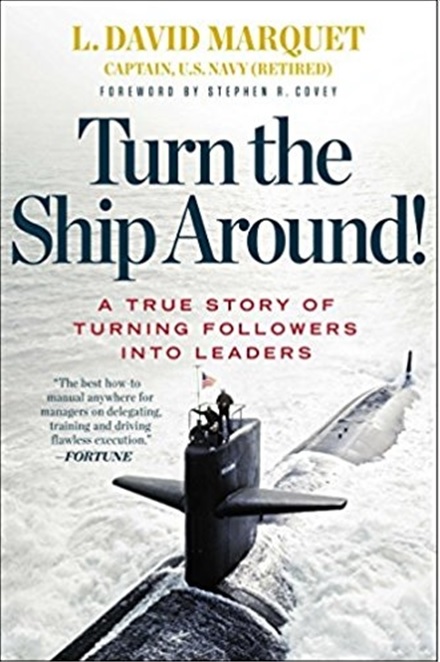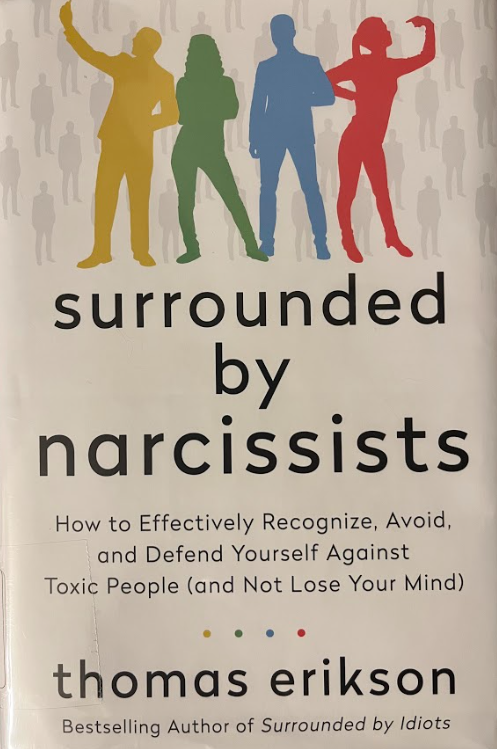How do you know if you’re a good communicator? Joe McCormack’s book “Brief” Make A Bigger Impact By Saying Less argues that we’re not as good at communicating as we think.
Brief is an excellent breakdown of communication problems and where working professionals can improve.
First, I’ll give you some general information, a synopsis of “Brief” followed by some key takeaways.
General Information
Book Length: 217 Pages plus notes and index
Audiobook runtime: 5 hours 29 minutes (Audible)
Published by John Wiley & Sons Inc., Hoboken, New Jersey
Copyright: 2014 by Joseph McCormack
Synopsis
McCormack’s main idea in Brief suggests that frequent unclear communication is devastating to our personal and professional lives. Moreover, today’s working world engages in too much incoherent communication to attain the highest degree of effectiveness.
To articulate his claim, McCormack divides the book into four sections: Awareness, Discipline, Decisiveness, and Action Plan.
Section 1: Awareness
By focusing on self-awareness, this section outlines the issues behind communication. For instance, McCormack introduces the Elusive 600 principle referring to the difference between words processed (700) and words spoken (150).
Meaning, humans process information quicker than they can say it. Said differently, 600 other words are floating in a person’s mind that spawn other thoughts, which then takes the attention away from the present moment.
Many of these Elusive 600 moments come from our technology’s constant pings, dings, and buzzes that redirect focused attention toward the offending sound.
Further, working professionals are inundated with information to the point where they cannot effectively process it anymore. When this happens, people get less productive by getting bogged down in too much information.
McCormack rounds off this section by highlighting adversaries to brevity and identifying them along with a short success story.
Section 2: Discipline
Here, McCormack moves into the practice of brevity. Further, each chapter in this section explains strategies to incorporate brevity.
He introduces the mind map used to organize thoughts for a discussion, brief, or presentation. This section also shows the audience how to prepare and use the map to avoid being long-winded.
Next, McCormack suggests that using narratives will keep the audience engaged with the content. Stories are important to communication because they help the audience to relate to the content being delivered. However, he cautions his audience to stay brief with their stories.
Finally, McCormack shares the talk, active listening, converse method to emphasize brevity.
Section 3: Decisiveness
Finally, this section identifies scenarios where professionals need to implement brevity. For instance, meetings, emails, and sales pitches are areas where people need to improve their communication tactics.
McCormack identifies the dreaded Meeting Villians and shares success stories of when brevity saved the day.
He finishes this section with suggestions on how to provide updates to those who need them. For instance, McCormack advocates for only providing useful information instead of rattling off a list of details.
Section 4: Action Plan
As the shortest section, it quickly became the most important. It shows the action plan for implementing the strategies taught in the book. If anything, read this section if there isn’t enough time to read the whole book.
It is a good synopsis for the busy professional.
Buy “Brief”
Key Takeaways
Brief is true to its word. At only 217 pages (pictures and diagrams included), the pages practically turned themselves. McCormack’s writing style complimented the book’s thesis, which made Brief more interesting.
My favorite portion of Brief was the mind map. I have already used it several times to prepare for briefs and personalize my approach to close relationships. Organizing my thoughts through the mind map has allowed me to manage my audience’s attention much better.
When coupled with the mind map, trimming has also been a helpful strategy for me. I liked McCormack’s explanation on trimming details to get to the essence of a thought. It brought the concept alive for me in ways that I never thought about before.
The book was a perfect blend of ideas. I didn’t get bogged down with complicated topics, nor did I feel like McCormack was insulting my intelligence. Instead, the concepts in the book made sense without much fanfare.
Lastly, Brief is universal. All professions and personal lives can benefit from applying the tools from this book.
Understandably, technology has become a distractor for many working professionals to the point where people are bombarded with information. It’s something we need to reevaluate in our lives.
Buy “Brief”
Conclusion
Brief is an excellent source for people who want to improve their communication skills, which should be all of us. Many working professionals do not get formal training on briefing or email writing, so people either find out the hard way or never at all.
Further, many get frustrated with miscommunication and dealing with its ramifications because they don’t know where the communication breakdown occurred. Brief is an excellent tool to help anyone tired of facing these issues at work and in their professional lives.
There are not enough books about this topic, and McCormack found a niche area of professionalism that desperately needs attention.
If you want to purchase the book, click here.
Have you read Brief? How did you like the book? Let me know in the comment section below. Thanks for reading!






Hello and thank you for this article about the book “Brief”. I really like how you presented this article and even provided the sections that make up the book. You explained each section well and I became interested. I was a college teacher before teaching engineering maths and sometimes I am having problems: communicating, presenting, and conveying the lessons with my students and keep their interests. I learned to present the topics using analogies or using wordings that they can use outside the classroom.
Thank you for this review. I had never read the book but I will check it out.
Lemuel,
I’m glad you enjoyed the review! It was a fascinating book, and I hope you enjoy it. Let me know what you think about it when you’re done reading. Thanks for your comment!
Robert
Learning how to communicate the right way is not only a skill that is lacking in most people including those in leadership; but it is also a skill that most people do not give any thought towards even needing.
I was in a meeting yesterday and the “leader” of the call did a terrible job of communicating, answering questions and explaining the message that needed to be explained. As a result the meeting became somewhat hostile and most people left the meeting stressed out and angry.
This book and books like it are much needed in our society.
Appreciate you sharing this review.
Rob,
Your frustrating meeting happens too often in the business world. If only we learned to communicate more effectively! Thanks for your comment.
Robert
Robert, I read you review of McCormack’s book, Brief, Make a Bigger Impact by Saying Less, and I wish more people would read it before they started pontificating to everybody. Reading your review, made me remember my very first class in public speaking in college. Our professor gave each of us a subject and we were to respond to that subject .Everybody in class groaned and as we went around the room, it became apparent that every student believed he/she had to elaborate to great length.
It became my turn and my question was: “If someone came up to you and offered you a lot of money to shave your head and go out in public without a head covering, what would you say’?
I got up and replied, ” I won’t do it for any amount of money, because I’m too vain.” And I sat down. Passed the course with an A.
The book appears to be a good read for anybody in a leaderhip position. Thanks for the review.
Barb,
Thanks for sharing your experience! And your response to the prompt made me laugh. I, too, hope we can use clear communication to our advantage. Thank you for your comment.
Robert
We have been talking about problems in communication for so long. It is still a big issue not just in the organisation environment but in our own lives. There are many statics out there proving it. For instance, problems in communication are responsible for the failure of many project.
Read and learn different techniques is a good way to improve it. I really like the idea of the mind map. It seems very useful and practical. I shall try it out. As any other skill it requires commitment and discipline to master it.
Very good review and really good to know about this book. It seems a good reading.
Thanks
TGP,
You’re right that communication is still an issue. Using different techniques can help to overcome these problems. Thanks for your comment!
Robert